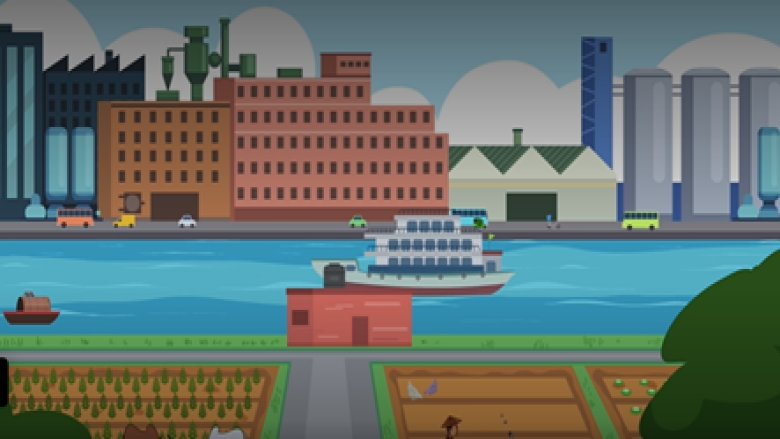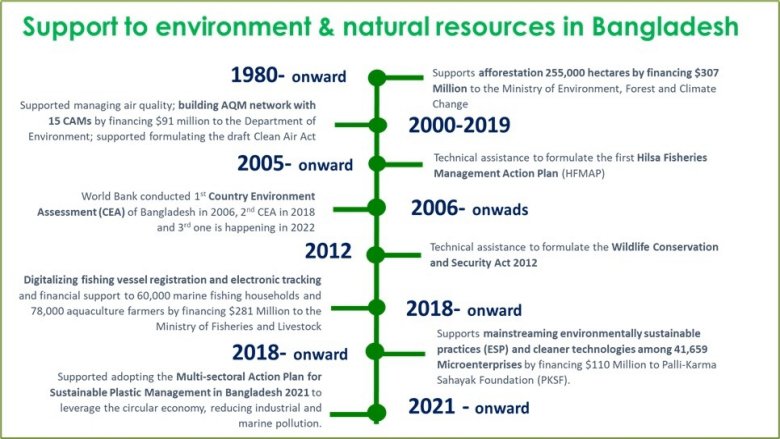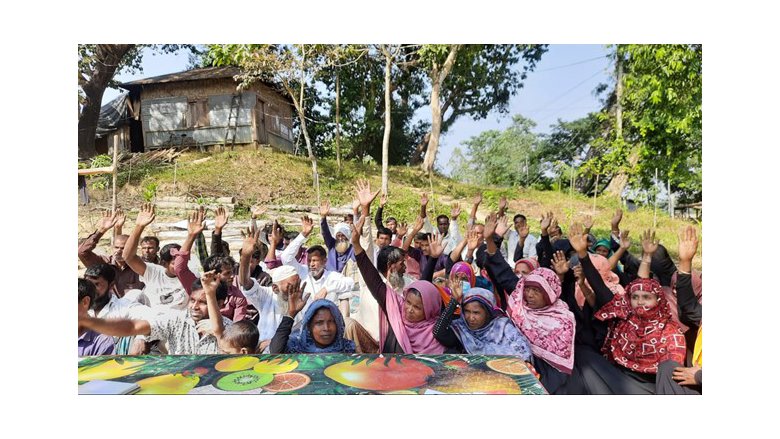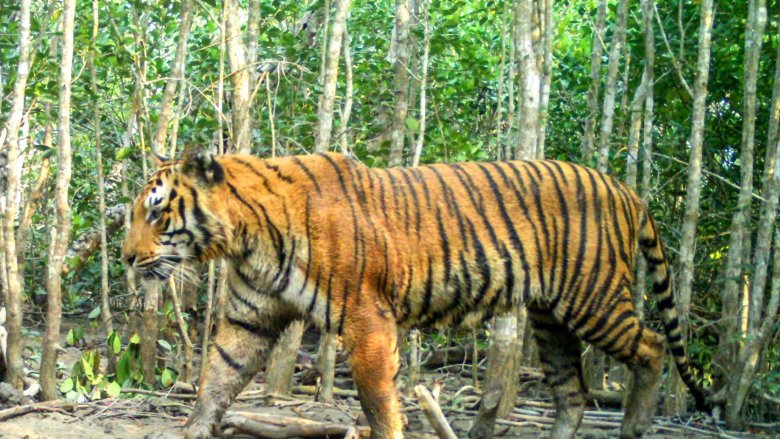Challenges
The country has made tangible progress in developing environmental policies, guidelines, and legislation. Despite this progress, Bangladesh has faced severe environmental degradation and natural capital loss over the past decades affecting human health, agriculture, forests, fisheries, industrial productivity, and environmental services. It is estimated at least 19 million Bangladeshis are dependent on forests for their livelihoods. Rapid land use changes threaten the country’s remaining forests, a safety net for the poor and in the face of increasing soil salinity in coastal areas, protection against climate change. About half the population also earn their livelihood from 9 million microenterprises, which in turn can impact the environment through various pollutants. Economic loss from environmental degradation stands at approximately $6.5 billion per year, which is 3.4 percent of Bangladesh’s annual GDP. Air and water pollution caused nearly 28 per cent of deaths in Bangladesh. According to Environmental Performance Index (EPI) report, Bangladesh ranked 162nd out of 180 most polluted countries. Given the current scenario, how can the country move towards a more sustainable path?
Approach
With three ongoing projects at a total of $525 million, the Sustainable Forests & Livelihoods Project (SUFAL) the Bangladesh Sustainable Coastal and Marine Fisheries Project (SCMFP) and the Sustainable Enterprises Project (SEP) is working to shape a strong growth trajectory for the country’s sustainability goals.
SUFAL with the Bangladesh Forest Department is helping to restore degraded forest ecosystems and conserve biodiversity. In selected sites in 600 villages across 165 Upazilas, this is being done through sustainable forest management practices to enhance carbon sequestration, ecosystem services, livelihood opportunities, and climate change resilience in certain forest areas of Bangladesh.
The SCMFP project with the Ministry of Fisheries and Livestock supports Blue Economy development through increasing coastal and marine fisheries’ contribution to the economy, poverty reduction, and environmental stability in 450 villages in 10 coastal districts.
The SEP, in partnership with the Palli-Karma Sahayak Foundation, helps about 50,000 microenterprises in 37 districts to adopt environment-friendly practices and occupational health and safety measures in the manufacturing and agribusiness sectors. By providing loans to microenterprises, it helps to adopt innovative, environmentally sustainable technologies and practices.
In addition, the Bank is conducting several studies to identify policy and investment reforms which will estimate the cost of environmental degradation, as well as analyze key interventions to address environmental priorities. Support will also be provided for the country’s environmental governance framework, air quality management, plastic waste management, conservation of natural resources, as well as creating opportunities for green financing.




